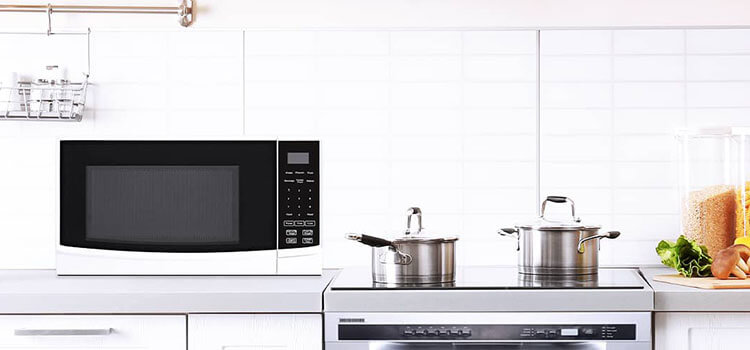A refrigerator is a household appliance that is used to store food and beverages at a cool temperature. There are many different types of refrigerators available, including top-freezer refrigerators, bottom-freezer refrigerators, side-by-side refrigerators, and french door refrigerators.
A basic understanding of refrigerators is not enough for a distributor, and this article will discuss the manufacturing cost of refrigerators and tips for selecting a good manufacturer to help distributors make more informed decisions.

What are the key factors that affect the cost of manufacturing a refrigerator?
The key factors that affect the cost to manufacture a refrigerator include:
Size: Larger refrigerators generally cost more to manufacture than smaller refrigerators. This is because they require more materials and labor.
Features: Refrigerators with more features, such as ice makers, water dispensers, and smart technology, will also be more expensive to manufacture.
Materials: Refrigerators made with higher-quality materials, such as stainless steel and tempered glass, will also be more expensive to manufacture.
Country of origin: The cost to manufacture a refrigerator can also vary depending on the country where it is made. Labor costs are generally lower in developing countries, so refrigerators manufactured in these countries may be less expensive.

What is the manufacturing cost of refrigerators?
The manufacturing cost of a refrigerator can vary widely depending on the size, features, materials, and country of origin. However, a typical refrigerator costs between $200 and $500 to manufacture.
Here is a breakdown of some of the key costs associated with manufacturing a refrigerator:
Raw materials: The cost of raw materials, such as steel, plastic, and copper, accounts for a significant portion of the manufacturing cost of a refrigerator.
Labor: The cost of labor to assemble and test refrigerators is another major expense.
Overhead: Overhead costs, such as rent, utilities, and equipment depreciation, also contribute to the overall cost of manufacturing refrigerators.
In addition to these direct costs, there are also a number of indirect costs associated with manufacturing refrigerators, such as research and development, marketing, and distribution.
It is important to note that the manufacturing cost of a refrigerator is just a fraction of the retail price. Retailers typically add a markup of 50-100% to the manufacturing cost in order to cover their own expenses and make a profit.

Next, I will talk about the manufacturing process in detail.
The composition of a refrigerator is relatively simple. It can be roughly divided into four parts – outer cabinet and door; inner cabinet; cooling system; testing and adding accessories.
1. Outer Cabinet and Door
The outer cabinet is made of pieces of sheet metal that are either welded or clinched together. If the sheet metal was not purchased in pre-coated form, it is now painted. Some factories use spray equipment to lay a uniform coat of paint on the metal sheet.
2. Inner Cabinet
The inner cabinet is usually made from sheet metal which is quite similar to the outer cabinet. To improve insulation and looks, any seams should be caulked. For the inner liners, some manufacturers and models use plastic, and these plastic liners are vacuum-formed. Then the inner cabinet will be inserted into the outer cabinet, and the two are snapped together before the fixtures are inserted.
3. Cooling System
The refrigeration components are attached to the cabinet using screws and clips. The seal on the refrigerator door is created utilizing magnet-laden gaskets that are attached to the doors with screws.
4. Testing and adding accessories
Most manufacturers mix testing with manufacturing from this point on. The unit is leak tested with nitrogen, and if. It passes, is charged with refrigerant, and is subjected to further testing. After that, the accessories are added and taped down for shipping. The unit is given a final look and then packaged for shipping.
The above are basic costs that may occur in the process of manufacturing a refrigerator. However, there are other costs that may occur sometimes. These costs include quality control, waste of materials, and environmental concerns.

Overall, the industry barrier of refrigerator and other household appliances manufacturing is relatively high, so if you want to invest in this industry, it is a good idea to be a distributor rather than manufacture a refrigerator yourself. By doing so, you will take fewer risks and the overall profits will be higher. Smeta’s manufacturing costs are similar to those of other refrigerator manufacturers in China. Smeta can keep its costs low by using efficient manufacturing processes and sourcing materials from local suppliers. Smeta’s lower manufacturing costs allow it to offer lower prices to its distributors. This means that distributors can make a higher profit margin on each refrigerator they sell.
Besides lower prices, Smeta can help its distributors make more profit by offering a wider product selection, better customer service, and a strong brand reputation. If you are interested in distributing Smeta’s electric appliances, you are welcome to leave your message.


